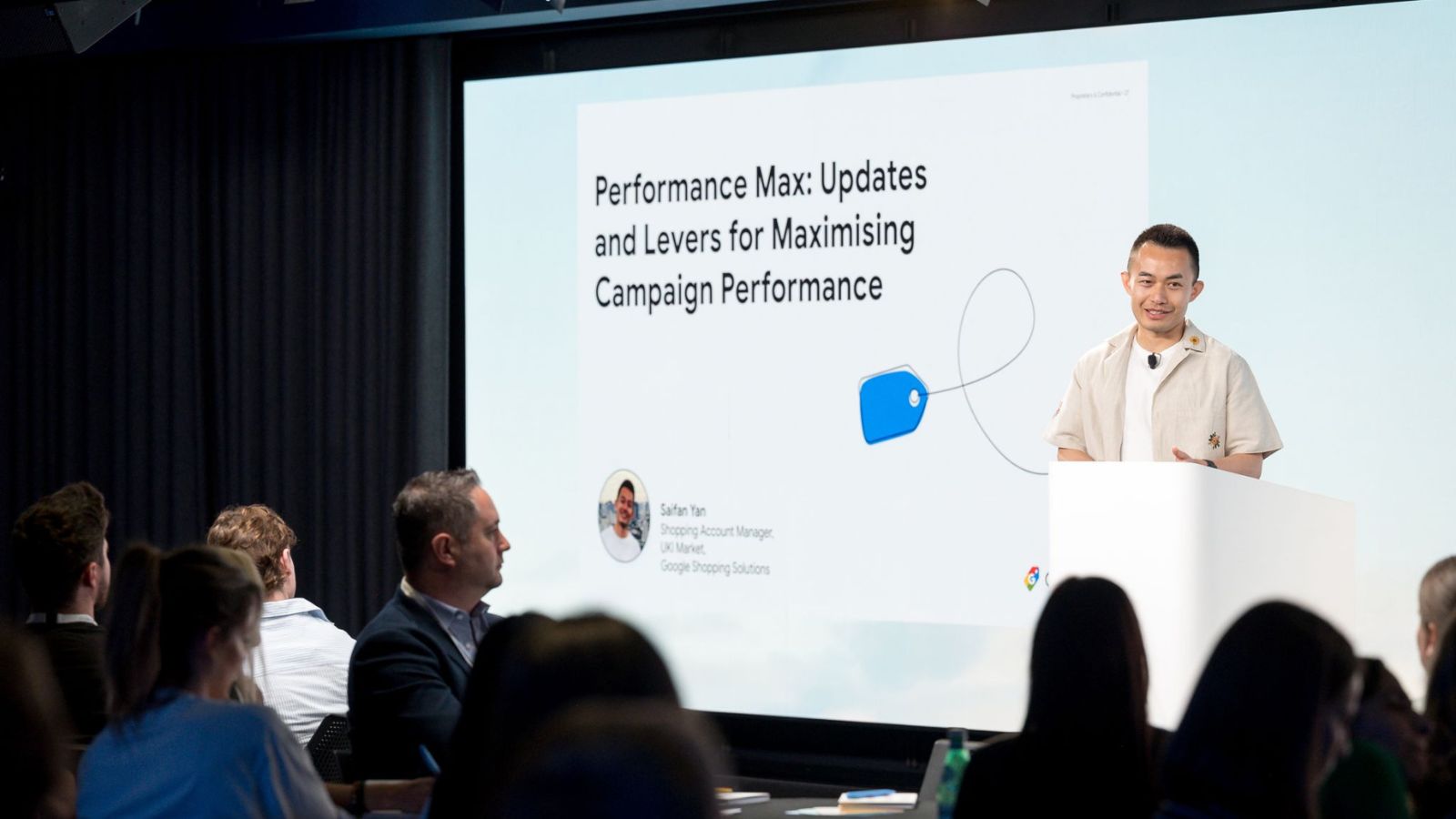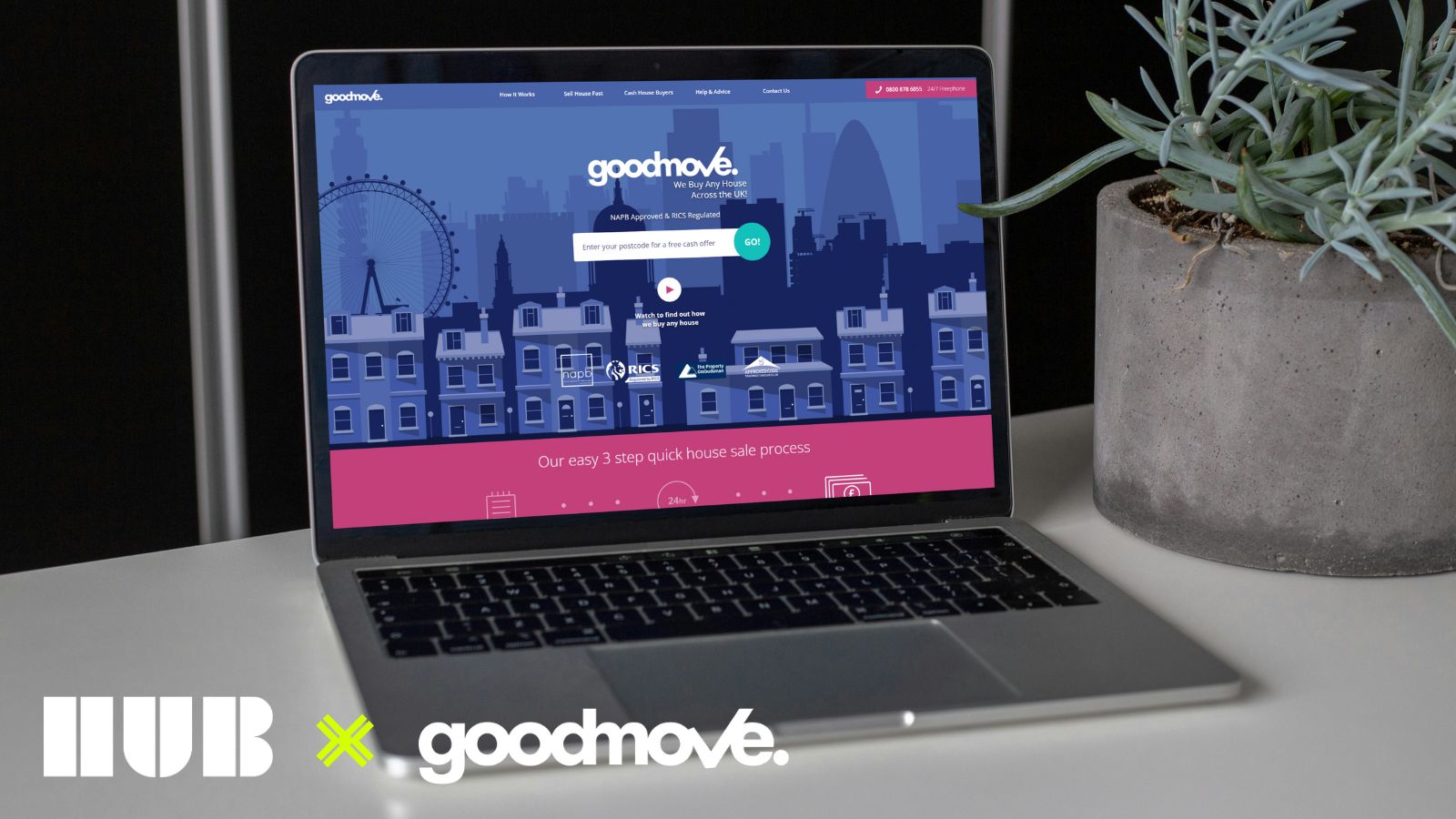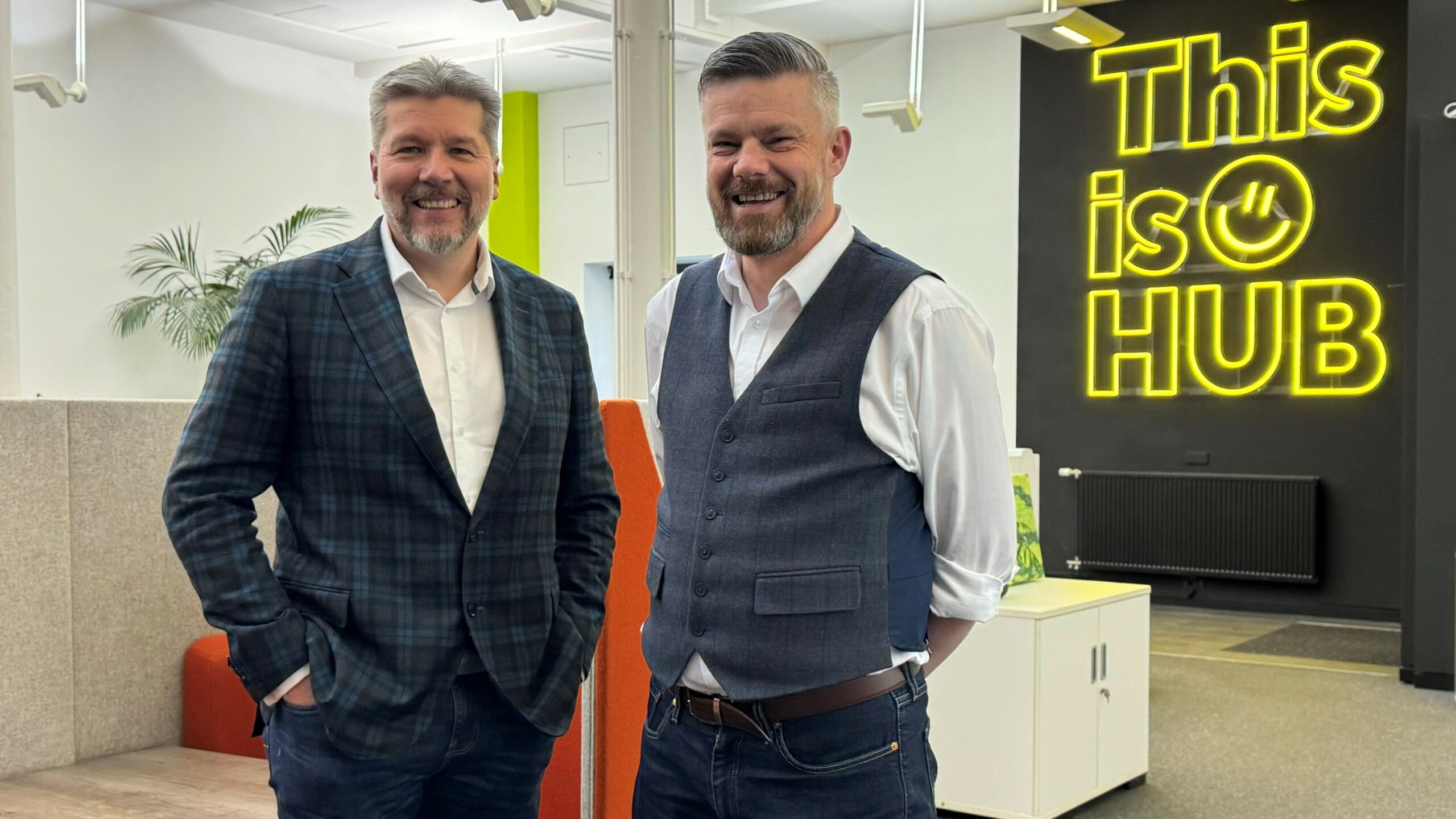
Last month, HUB’s Head of Paid Media Rich ventured down to Google’s London HQ for their most recent Shopping (CSS) Forum!
The event was a deep dive into the latest Google Shopping trends and strategies, including discussions from AI, PMAX, Data Analysis and Feed Optimization.
Want to know what was discussed? Buckle up, because Rich has cherry picked the event’s key takeaways for anyone looking to streamline their Google Shopping strategy.

Talk 1 – Trends: Navigating 2024 and Implications for Shopping Campaigns
- Ecommerce market to reach £185b
Within the UK, the e-commerce market is projected to reach a whopping £185 billion by 2028, up from £147 billion in 2024. Fashion and electronics are expected to continue dominating these segments.
- 70% abandon carts when considering delivery
Shopping trends have shifted from price being the primary motivator to also emphasizing the speed of delivery. According to Google, 70% of abandoned carts are due to delivery issues, highlighting the value consumers place on speed and transparency in delivery costs.
- 70% customers seek new brands
Another significant trend is that 70% of customers seek new brands, with 60% of consumers taking more than six actions before deciding to buy. Consumers are increasingly researching brands and their competitors, underscoring the importance of captivating your audience with personalised targeting. Ensuring your brand builds and maintains trust and recognition is crucial for continued success.
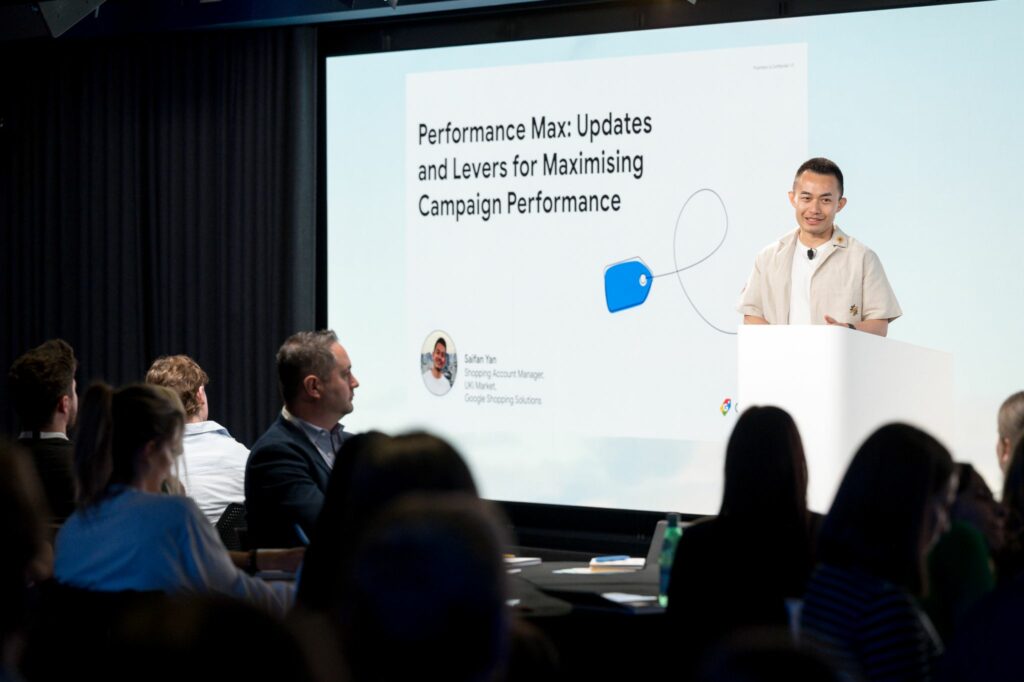
Talk 2 – Performance Max: Updates and Levers for Maximising Campaign Performance
The majority of agencies and retailers are utilising PMAX campaigns. In return, Google stated that moving from standard shopping to PMAX results in an 18% uplift in conversions with a similar CPA.
Google highlighted that PMAX has the option to target new customers with high value optimisation. Using Customer Match, this can now leverage first-party data to target potential high-value customers by predicting and identifying users with high lifetime value for more effective campaign results.
It was emphasised that ongoing optimisations are continually monitored enhance retailer relevancy. These are Brand exclusions, Content exclusions and Content Suitability which all are available in Google Ads account.
Google also announced a shiny new product: Conversions with Basket Data (essentially Bid for Profit). So, what’s special about this? It’s simple – current standard tracking only shows total revenue from ad clicks, whereas Conversion with Basket Data reveals the specific items purchased, providing more detailed insights for campaign optimisation.
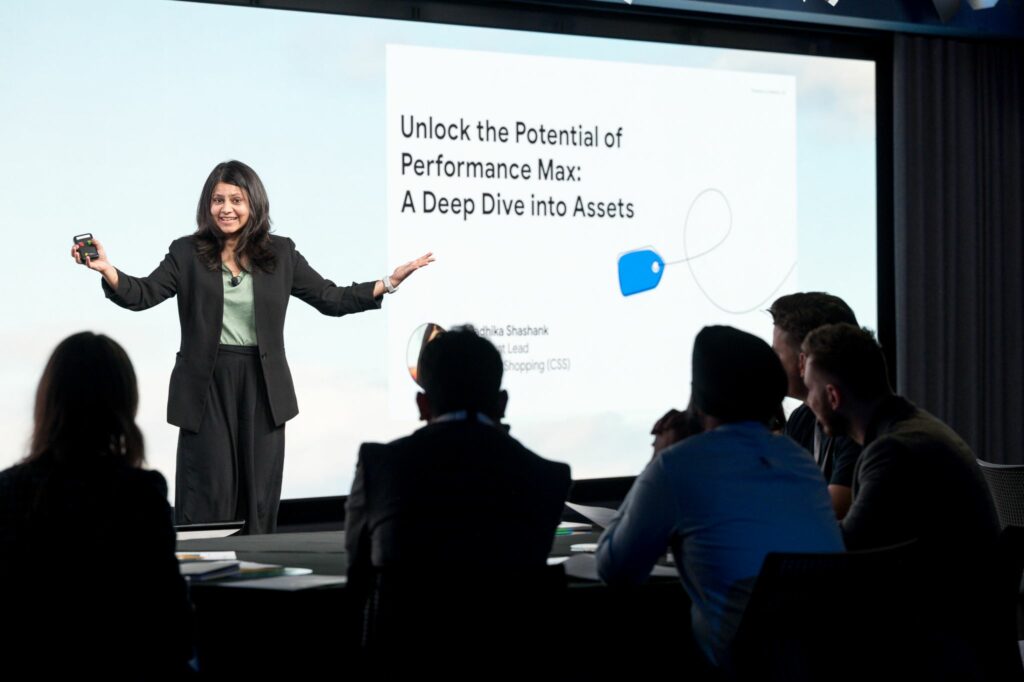
Talk 3 – Generative AI Assets in Performance Max
In today’s competitive retail world, compelling visual content is essential for engaging customers. Google showcased Gen AI, which makes it easy to curate images from your website, and its free stock inventory – perfect for retailers who might not have an in-house designer within Google Ads.
The secret to getting the most out of these tools? Clear and specific prompts. Make sure your prompts are at least 15 characters long and include all the necessary details: item descriptions, backgrounds, colours, desired elements, and the image style you’re aiming for (whether that’s photo realistic, artistic, etc.). It will be interesting to see how much of what we start to see visually in advertising is being created by tools like these, and the effectiveness.
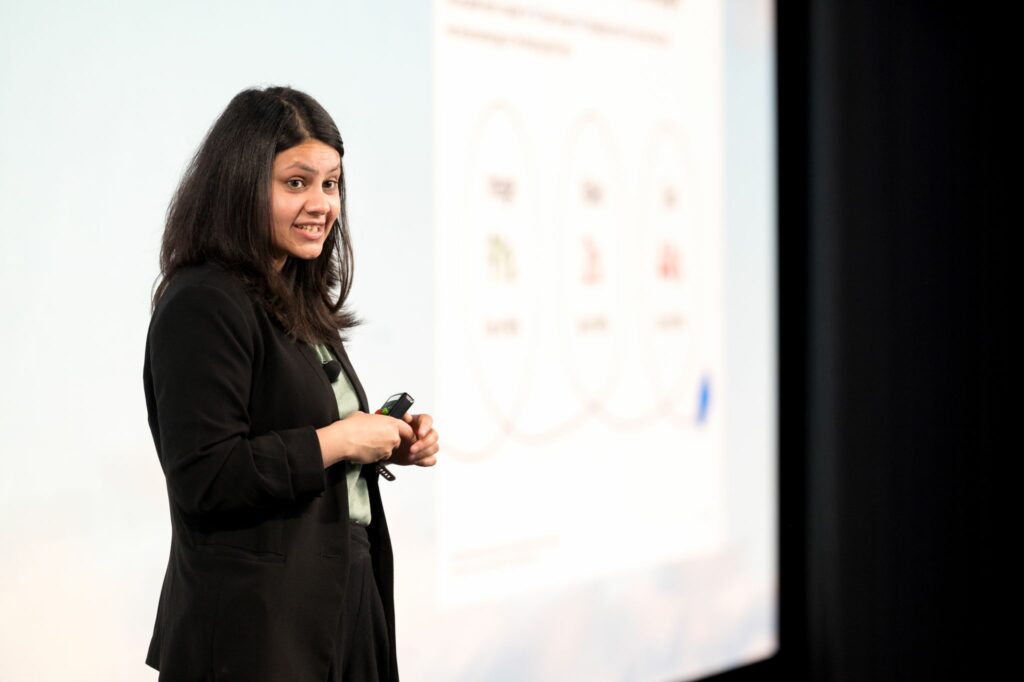
Talk 4 – Why Feed Optimisation Matters
This final talk highlighted the importance of ensuring your feed output has plenty of information. Shopping Titles are the only text shoppers read, and it’s used to match products to the customer. Therefore, if you’re not utilising all your attributes in your title, you could be losing visibility. A good example for Apparel is Brand + Gender + Product Type + Attributes (Colour, Size Material).
Google highlighted a Merchant Excellence report which can be requested. This highlights funnels to identify product drops more easily. They also mentioned three open-source solutions to help your feed management if you are not utilising a feed provider.
- Shopping insider Report helps give more visuals to improve your feed. From product drop offs to finding non targeted products, low volume and reviewing historical trends.
- FeedX is an open-source tool for conducting A/B experiments on shopping feeds by randomly assigning feed items to control and treatment groups.
- FeedGen can optimise shopping feeds with Generative AI. A good example is filling in gaps within your product information.
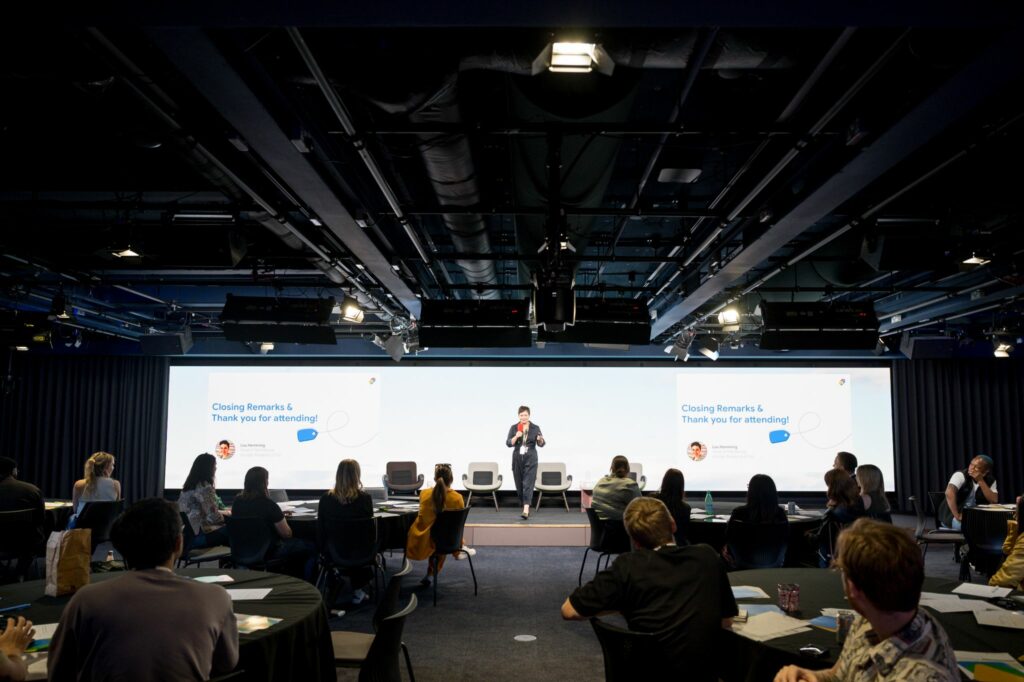
So, what does all this mean?
- With the evolving e-commerce landscape, it’s crucial that agencies and businesses adopt the new products available from Google. The shift from standard search to PMAX has established its place in shopping, and these campaigns – which harness the latest AI capabilities – are helping businesses grow.
- The next step is focusing on supporting your brand to stand out in the market, likely by having a good mix of your social media channels along with utilising Google’s other new products, such as Demand Gen.
- Leveraging your audience data and understanding this data is becoming the next big push. As complex as the user journey is with the messy middle, we need to start harnessing first-party data and feeding it into AI products. In return, this will likely evolve how we shape more personalised content.
